Boeing AH-64 Apache attack helicopters flying with the US Army have clocked up five million flight hours, Boeing announced in a press release on 2 March 2023.
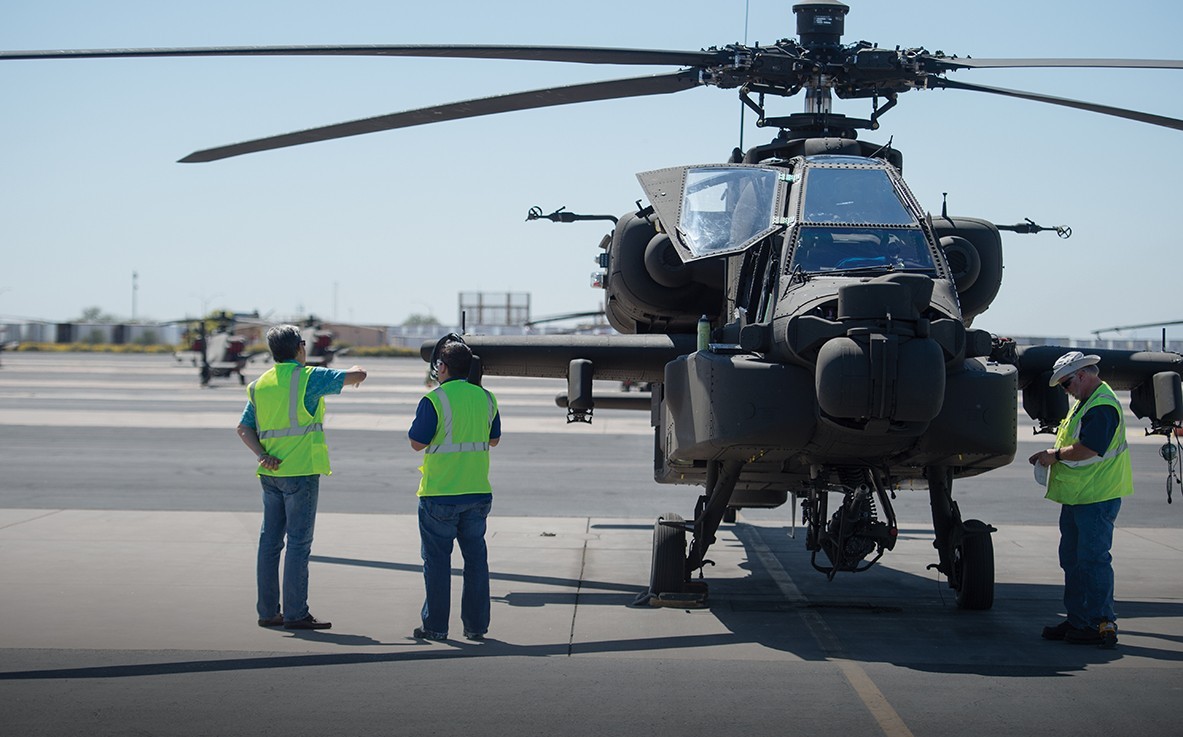
The hours are equivalent to flying nonstop for more than 208,333 days or 570 years and nine months, Boeing noted, while adding that 1.3 million of those five million flight hours were accomplished during combat missions.
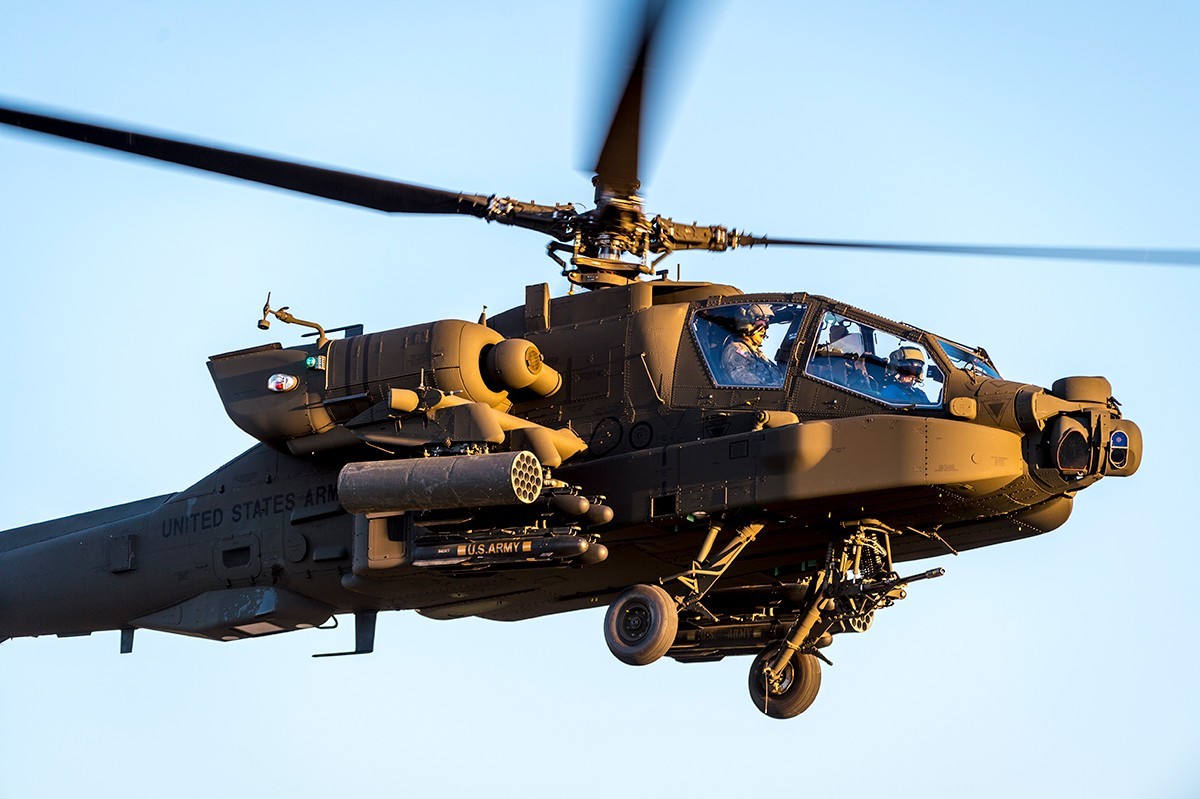
The first production AH-64A was accepted into US Army service in January 1984. First used in combat in December 1989 during the US invasion of Panama, the Apache served with distinction in January 1991 during the ground campaign of Operation ‘Desert Storm’, in which the Iraqi forces of the Saddam Hussein regime were soundly defeated and ejected from Kuwait. During the 100 hours in which the ground campaign was fought a fleet of 277 Apaches made over 500 kills, including 278 tanks. Apaches were also effective during operations against the Taliban in Afghanistan from 2001 until coalition forces withdrew from the country in August 2021.
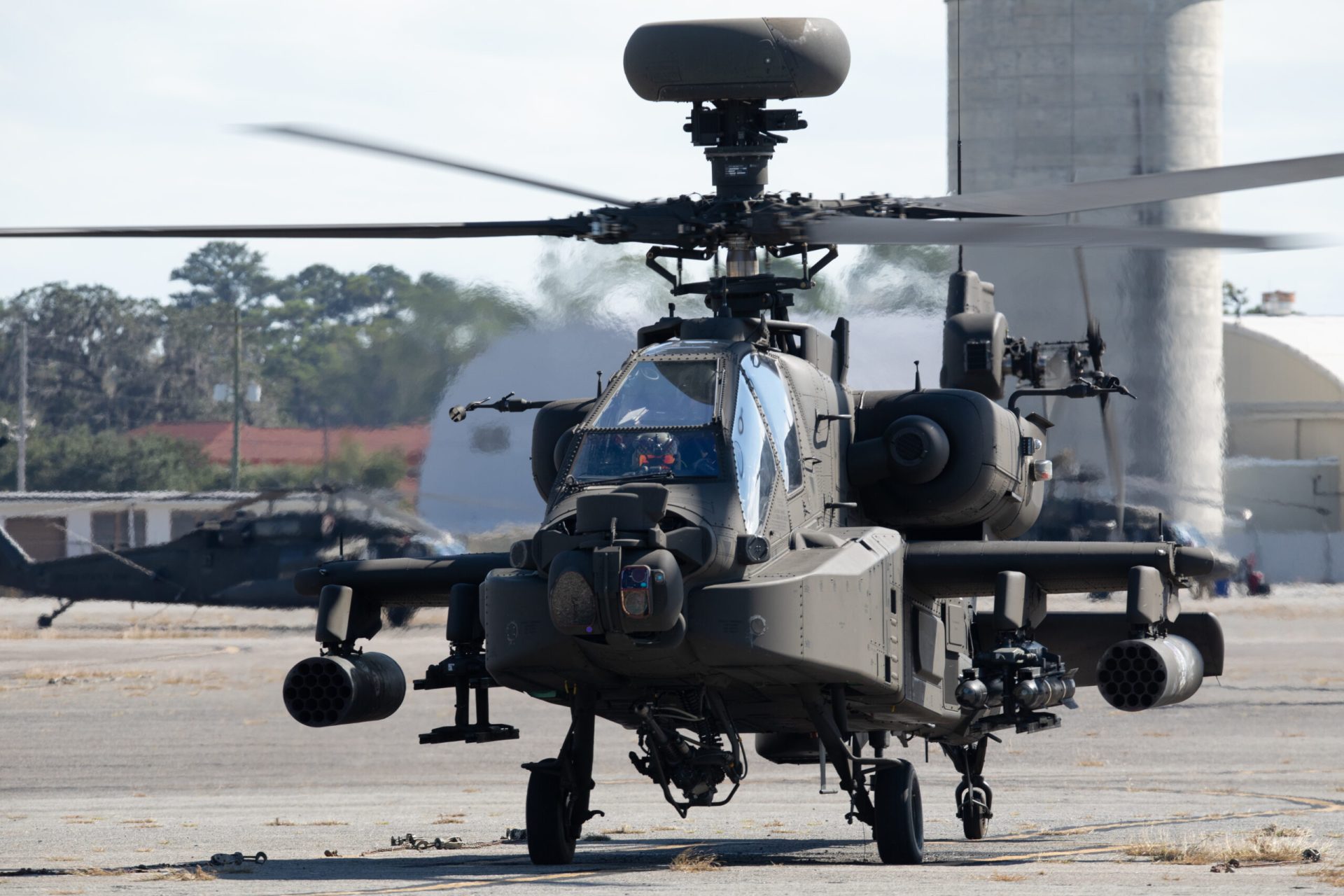
The army currently operates D and E model AH-64s, with the former entering service in March 1997 and the latter in November 2011. The latest Apache AH-64E Version 6.5 will include updated software and integrate a new powerplant under the Improved Turbine Engine Program.
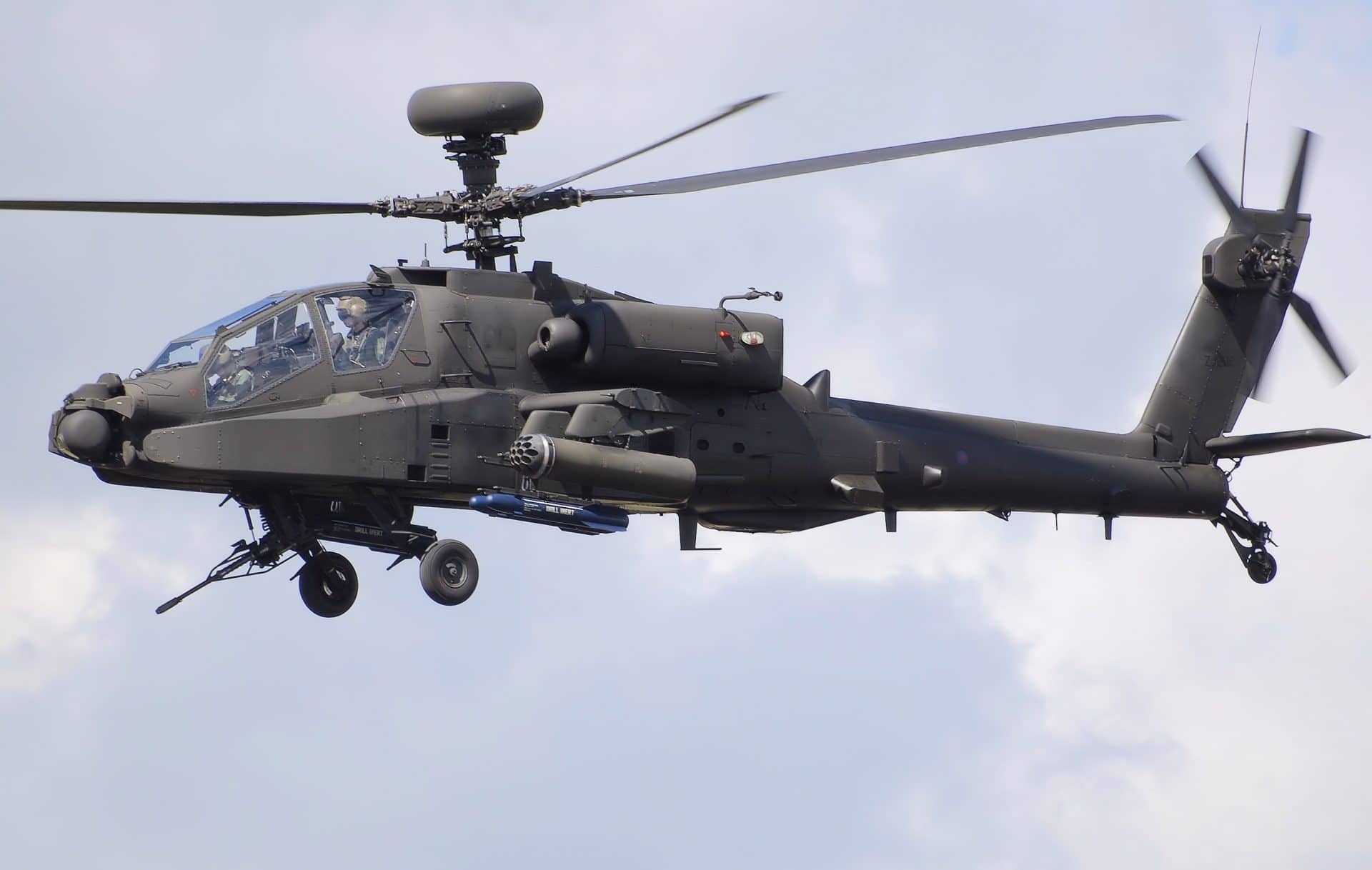
Meanwhile, in October 2022 Boeing announced the Modernized Apache as the next evolution of the current AH-64E v6. This will incorporate six key modernisation elements: drivetrain upgrades to unlock Improved Turbine Engine capabilities for enhanced power, range, efficiency and speed; a modular open systems approach (MOSA) for maximum interoperability and faster integration and fielding of advanced capabilities; advanced mission systems to increase interoperability to the network and to reduce pilot workload; advanced sensors and sensor fusion for better and more resilient connectivity across domains and operations; airborne long-range precision munitions, air-launched effects and potential future directed-energy weapon system integration for increased lethality; and advanced sustainment through a more capable and lower life cycle cost airframe, as well as affordable remanufacture and minimised procurement costs.
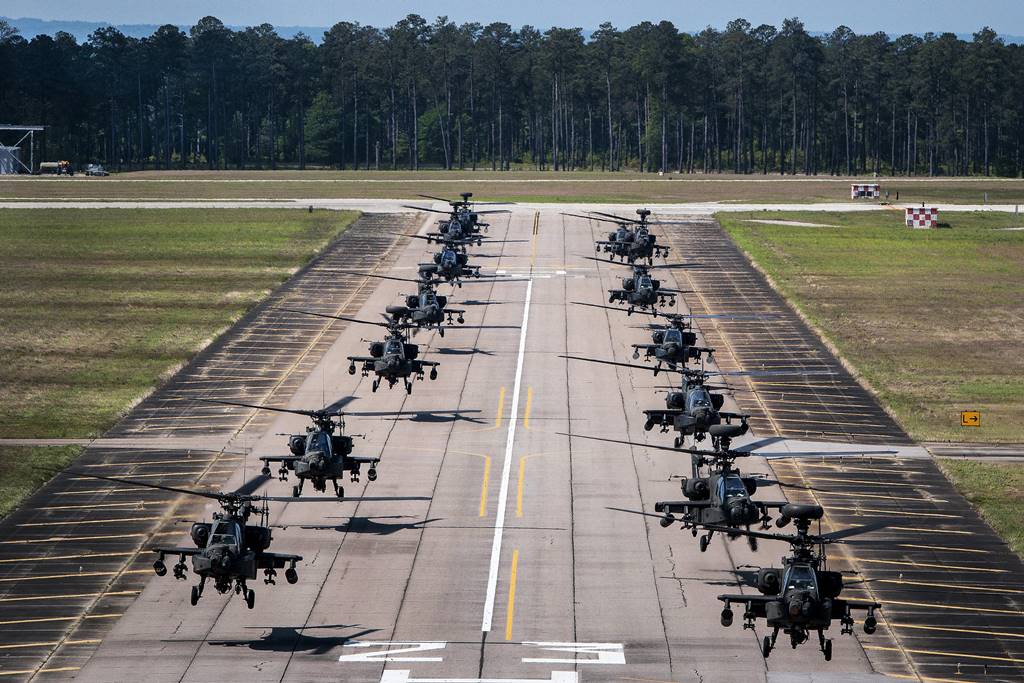
Current and future iterations of the Apache will be in production until at least 2028, with the type serving the US Army and its partner nations into the 2060s.
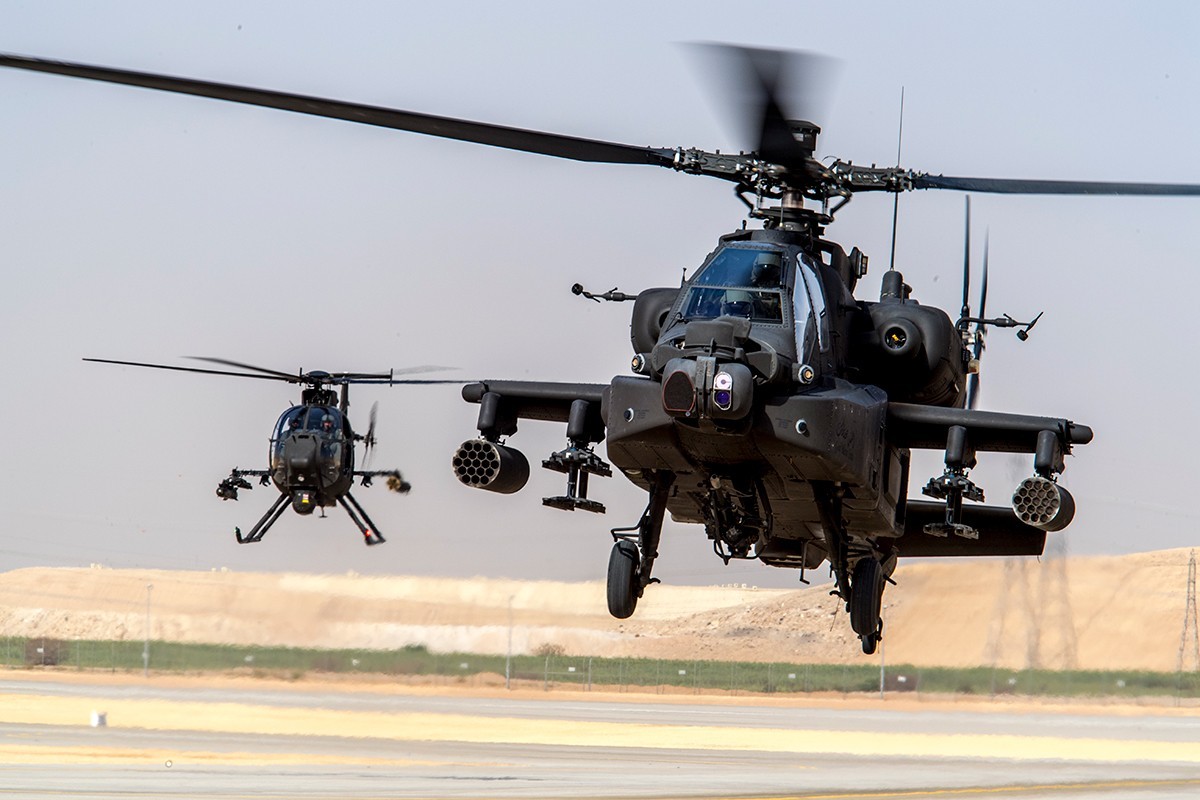
Beyond the US Army, Boeing’s customers for the Apache include the armed forces of 17 other countries: Egypt, Greece, India, Indonesia, Israel, Japan, Kuwait, Morocco, the Netherlands, Poland (on order), Qatar, Saudi Arabia, Singapore, South Korea, Taiwan, the United Arab Emirates and the United Kingdom.
Src: Peter Felstead










